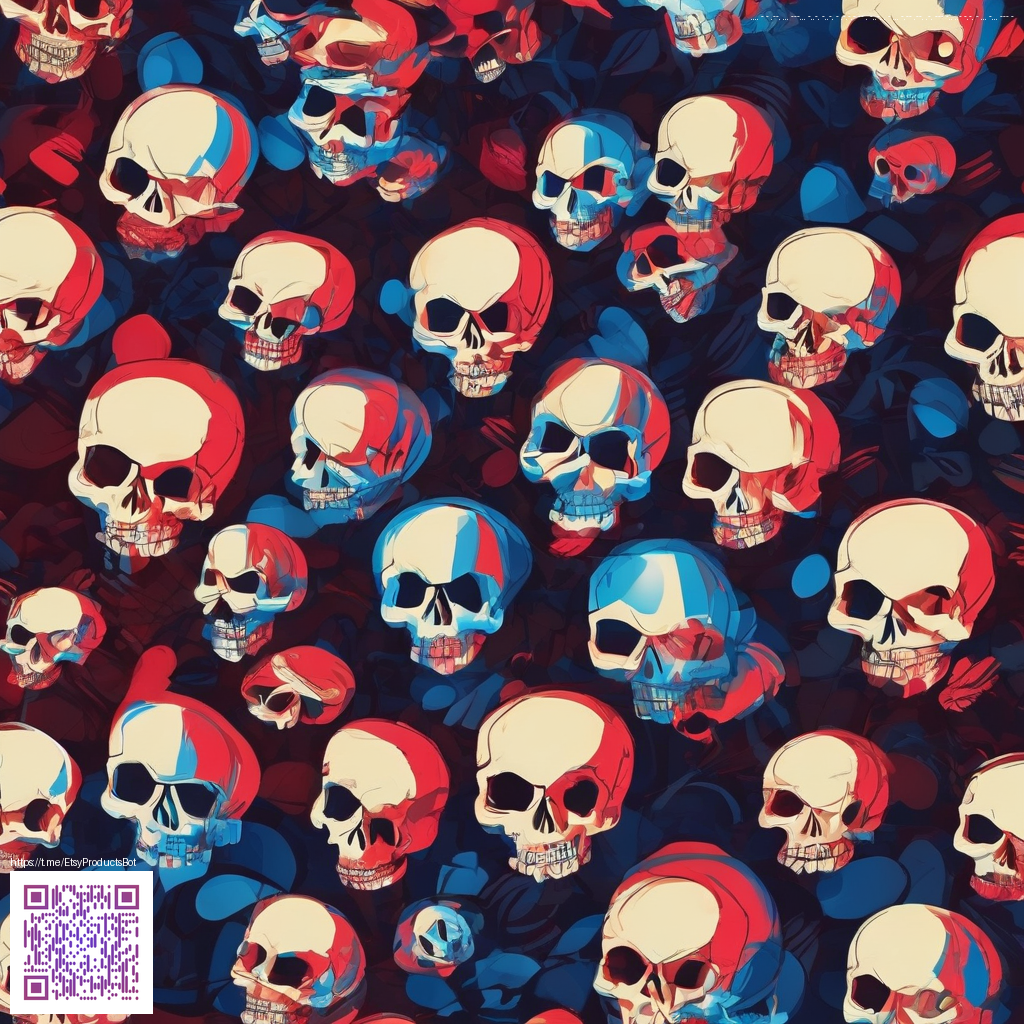
The Rise of AI-Generated Paper Patterns
As we step further into the era of intelligent design, AI-generated paper patterns are reshaping how makers approach sewing, quilting, and even packaging projects. These digital blueprints can be drafted in minutes, then iterated with minute adjustments to seam allowances, fabric grain, and size. The result is a workflow that blends human intuition with machine efficiency, letting crafters focus more on creativity and less on repetitive drafting.
Rather than starting from a blank sheet or a centuries-old pattern book, designers now feed prompts into pattern-generation tools, finetune the output, and export ready-to-print sheets. The process remains hands-on—adjusting margins, testing on test fabric, and verifying scale—but AI accelerates the early exploration phase. When you’re exploring a daring motif or a precise fit for a custom garment, AI can generate dozens of viable options in the time it once took to draft a single concept.
"AI is not replacing the craft; it is amplifying it—opening doors to pattern variations you’d never sketch by hand and enabling rapid prototyping for real-world use." — Design technologist
From Materials to Means: How AI Transforms Pattern Making
At its core, AI-generated patterns are about translating a concept into a printable, scalable blueprint. For DIY enthusiasts, that means you can start with a general idea—say, a geometric motif or a vintage silhouette—and let an AI system propose multiple layout strategies. You then select the most promising options, adjust them for your chosen fabric or project, and print test sheets before committing to final production.
In practice, the workflow often involves these steps: specify the target project (type of garment or accessory, size range, seam allowances); generate several pattern variants; digitally optimize for efficient material use; export vector files or printable sheets; and finally test-cut on inexpensive material before cutting the final fabric. The AI’s ability to optimize material usage is particularly compelling for hobbyists who value waste reduction and cost efficiency.
Practical Impacts for DIY Crafters
- Faster iteration cycles: experiment with multiple silhouettes or pattern densities in minutes rather than days.
- Personalized fits: tailor patterns to individual measurements, then scale for different sizes without redrawing from scratch.
- Creative exploration: explore unusual shapes, asymmetric cuts, and complex layouts that might feel risky with hand-drawn drafts.
- Accessible tools: cloud-based or desktop AI assistants bring advanced pattern design to hobbyists without requiring formal training.
For makers who enjoy blending digital design with tactile products, a product like the Neon Cyberpunk Desk Mouse Pad—featuring a customizable, one-sided design with a 3mm profile—offers a practical illustration of how AI-inspired aesthetics translate into physical items. You can learn more about that project here: Neon Cyberpunk Desk Mouse Pad.
Beyond individual projects, the broader community is documenting best practices, sharing prompt engineering tips, and detailing how to integrate AI-generated patterns with traditional craft workflows. If you’re curious to see how others are applying these ideas, the overview at https://11-vault.zero-static.xyz/c467f425.html offers useful context and case studies.
Getting Started: A Quick Starter Guide
Ready to dip your toes into AI-assisted pattern generation? Here are practical steps to begin:
- Define your project and constraints (fabric type, seam allowances, desired fit, and fabric width).
- Choose an AI design tool that supports pattern outputs and vector exports.
- Draft prompts that describe shapes, symmetry, and repeat patterns, then generate several options.
- Review outputs for practicality—check grainlines, seam allowances, and any necessary clipping for fabric constraints.
- Print test sheets, cut, and sew a muslin or scrap fabric to confirm fit before finalizing the pattern.
As with any evolving technology, the best approach is iterative experimentation coupled with a clear sense of your craft goals. AI acts as an accelerator and a collaborator, not a replacement for skilled handwork and thoughtful testing.
Similar Content
For more related reads and resources, check out this page: